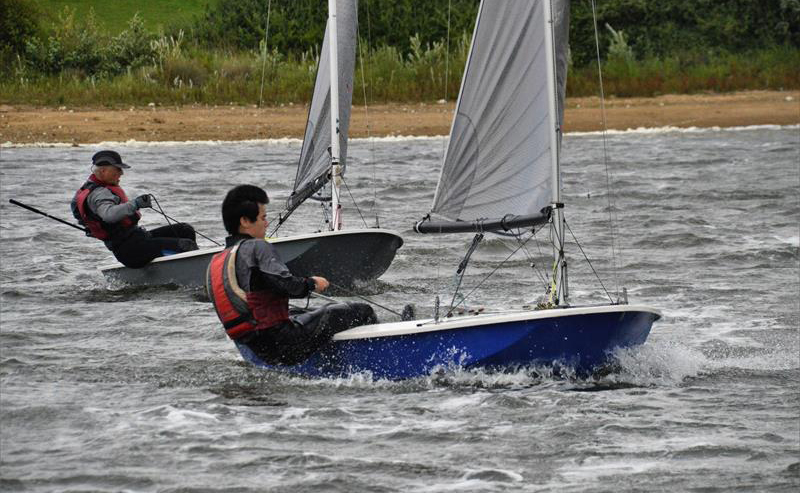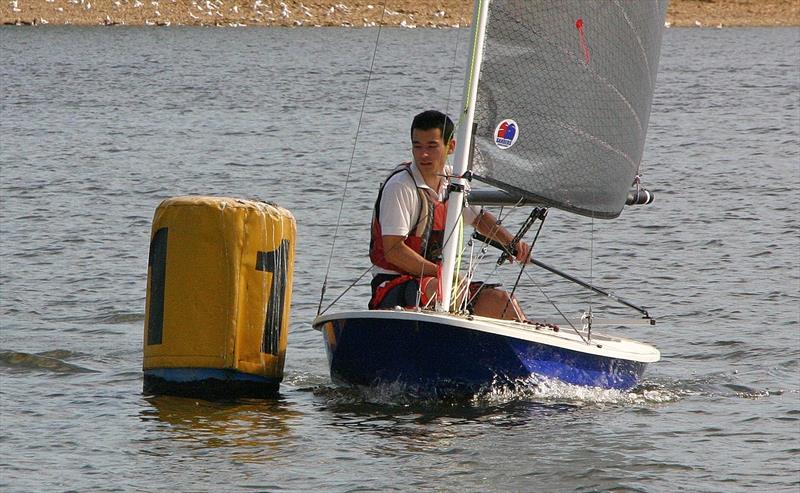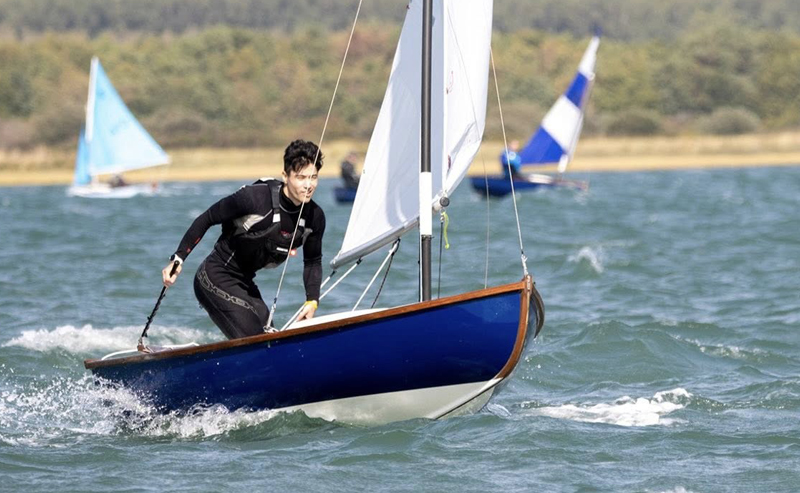In our latest Meet the Sailors feature, we’re delighted to shine the spotlight on Robbie Claridge, a sailor who needs little introduction to the dinghy racing world. Robbie has been a long-time friend of Sanders Sails, and 2025 has already seen him add two more national titles to his name. At the beginning of the month he claimed the Lymington River Scow Nationals, and just this past weekend he dominated the Lightning 368 National Championships, winning an astonishing six out of six races with the brand-new Sanders Lightning 368 sails. Robbie is widely regarded as one of the best amateur dinghy sailors in the country, with a reputation for sharp tactical racing and the ability to perform across a variety of classes. We caught up with him to hear his thoughts on this year’s successes, his take on the Lightning 368 sails, and what keeps him pushing at the top of his game.



Robbie, huge congratulations on becoming a double national champion this year. Winning every race at the Lightning 368 Nationals is an incredible achievement — what do you think clicked so well for you and the boat that weekend?
It was a bit of a sweet spot in terms of the venue, course and conditions. Chase is a good sized reservoir and the race committee did a great job of setting up long, square start lines and legs. It gives you the space to find a lane and get into your groove. We have some lightning quick sailors in the fleet but ~12 knots is just enough to edge the lighter sailors upwind, and enough to get on the plane on the reaches and pull out from the heavier sailors – I’m quite light for my height!
You’ve raced and won across many dinghy classes, from the Scow to the Lightning 368. What is it that you enjoy most about single-handed dinghy sailing, and how do you adapt your approach between such different designs?
As Chris will know when we sailed together, I do enjoy double-handed too! I think though, the appeal of single-handers is the ease of setting up and hitting the water – a lot less organisation. It always takes a bit of time to get used to a new class, the first British Moth nationals I won, I capsized multiple times in the practice race – but once you get used to the controls and the limits, I think sailing skills are very transferrable. You’ll always set transits, decide on a strategy and try to keep your air clean – not to say there aren’t unique non-transferrable skills – I’ve not needed to ‘bail and sail’ since the oppy!
The Lightning 368 sails are a new addition to the Sanders range, and you’ve already proved their potential at the very top. From a sailor’s perspective, how have you found the two designs, and what do you feel they bring to the class?
The class is very fortunate to have two sail makers, with the Sanders specifically cut to suit the new all carbon stiffer mast, making it easier to set up – particularly for those new to the class. Having more options to find a set-up that suits your sailing style is great for the class and both are really competitive.
You’ve been close to Sanders Sails for many years, both as a friend and a customer. In your view, what makes the relationship between sailor and sailmaker so important, and how has that connection supported your racing success?
As John and Pete proved with their success in the International Moth Class, having masters of crafts on the same wavelength is the perfect recipe for a quick boat. Growing up with that gives you an intrinsic understanding of how everything works and how you can fine tune the boat and rig. I know any feedback I give is understood in the context of my sailing style, and Sanders Sails are always keen to see it for themselves which I think is key to a well-rounded rig.
Looking ahead, what’s next on your racing calendar? Are there particular classes, events, or championships you’re targeting for the rest of the season and beyond?
I hope to attend the end of season race at West Oxford saving club for the Lightning 368. It’s always a fun and often challenging event, and is a great way to wrap up the season!
